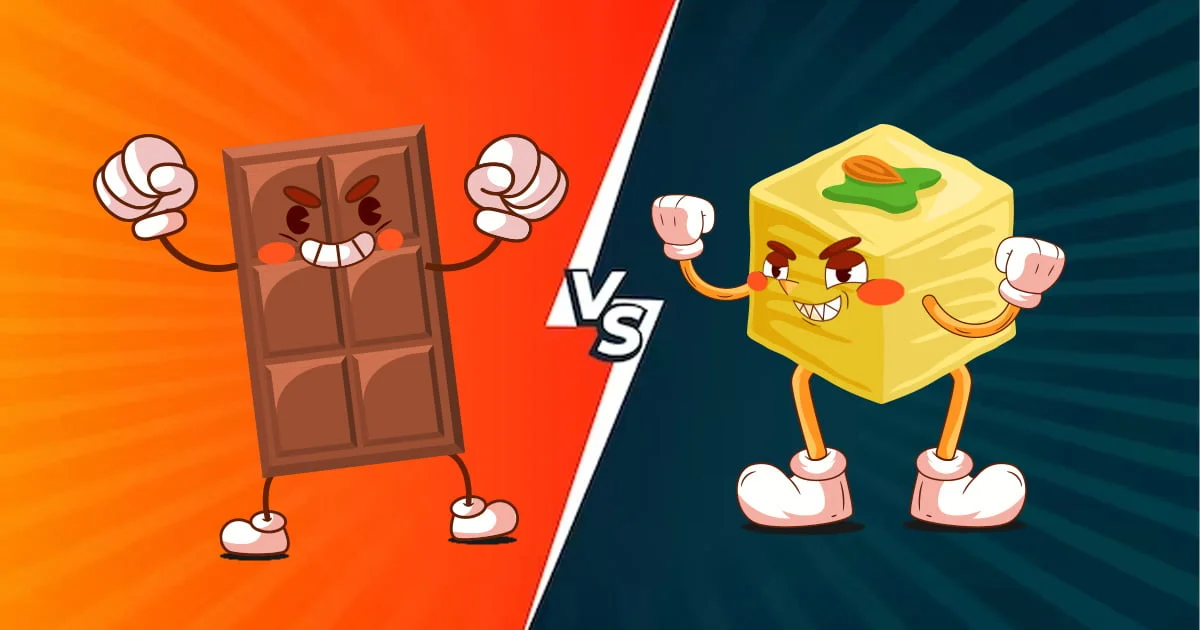Remember the days when marketing revolved around polished commercials and carefully crafted taglines? Well, those days are fading faster than a one-hit wonder. Today’s consumers crave authenticity, humour, and a connection that goes beyond the transactional. Enter the unlikely hero of the marketing revolution: the meme.
Yes, those same internet-born images and videos, often infused with a healthy dose of absurdity, are transforming brand culture. They’re not just fodder for endless friend group chats anymore. They’re becoming strategic weapons for marketers, even when the target audience might raise an eyebrow and wonder – is this brand a little desperate?
The answer, surprisingly, might be a resounding no. While the risk of a meme backfiring is undeniably present, the potential rewards are simply too tempting to ignore.
So, let’s dive deeper and explore the data that’s making brands take memes seriously:
- Reach and Engagement: Compared to traditional marketing visuals, memes can achieve 10 times the reach and boast a 60% higher organic engagement rate.
- Consumer Perception: Over 60% of people are more likely to consider buying from a brand that uses memes in their marketing [Source: Forbes].
- Click-Through Rates (CTR): Meme marketing campaigns boast a 14% higher CTR compared to email marketing efforts [Source: Forbes]. While email marketing might have a higher conversion rate, memes excel at driving initial clicks.
- Content Consumption: The average millennial consumes 20-30 memes daily[Source: Forbes]. This highlights the deep integration of memes into online culture, particularly among younger demographics.
- Industry Growth: The global meme industry was valued at $2.3 billion in 2020, with projections estimating a rise to $6.1 billion by 2025 [Source: Amra And Elma LLC]. This significant growth reflects the increasing importance of memes in marketing strategies.
- Meme Sharing Habits: Young demographics are particularly engaged with memes. YPulse research shows that 55% of 13-35 year olds send memes weekly, with 30% doing so daily.
- The Rise of Hyperlocal Memes: Experts predict a rise in “hyperlocal” meme marketing . This means brands will create memes that resonate with specific regions or cultures, leveraging local references and languages to connect with a more targeted audience [Source: Social Samosa].
If content is the ruler of marketing, memes are its throne. Marketing revolves around understanding and capitalising consumers’ pain points. In today’s stressful world, people crave laughter, and memes fulfil that need. But what psychological factors contribute to the immense popularity of memes?
Here are a few underlying reasons:
Shared Language & Cultural Relevance: Memes are a cultural currency, using references and humour everyone “gets.” Brands using memes effectively show they understand current events and can connect with their audience on a personal level. This fosters a sense of relatability and makes the brand seem more approachable.
Emotional Connection: Laughter is a universal language. By using humour, brands can evoke positive emotions in consumers, creating a more favourable brand perception. A brand that can make you laugh is a brand you’re more likely to remember and trust.
Social Proof & Sharing: People love to share things they find funny or relatable. Memes are inherently shareable, which acts as a form of social proof for brands. When people share a brand’s meme, it becomes a free marketing tool, reaching a wider audience organically.
Attention Grabbing & Memorable: Let’s face it, our attention spans are shrinking. Memes, with their concise format and often-irreverent humour, are excellent attention grabbers. The visual nature and humour also make them more memorable than traditional ads, keeping the brand top-of-mind.
Breaking Down Barriers: Memes can humanise brands, breaking down the barrier between corporation and consumer. This fosters a sense of two-way communication, making the brand seem more down-to-earth and approachable.
Memes gained popularity in India during the digital revolution, particularly when brands like Zomato and Swiggy entered the digital arena, causing a sensation on the internet. Now, even major brands like Amul, Fevicol, Netflix, and Happydent utilise memes. However, is the one-size-fits-all approach applicable to brands too?
So here’s when you should step back:
- Short-Lived Shelf Life: Memes move fast, and what’s funny today might be stale tomorrow. Using outdated memes can make your brand seem out of touch.
- Misinterpretation: Humour is subjective, and what one person finds funny another might find offensive. It’s crucial to understand your target audience and avoid humour that could be misinterpreted.
- Brand Inauthenticity: Not all brands are a good fit for meme marketing. Brands with a serious or luxurious image might struggle to pull off humour authentically. A forced meme can damage brand reputation.
- Trend Chasing Trap: While staying relevant is important, chasing every meme trend can make your brand seem desperate or inauthentic. Focus on memes that truly align with your brand voice and target audience.
- Risk of Backfire: Using offensive or insensitive humour in a meme can lead to significant brand backlash. It’s essential to be mindful of social and political sensitivities.
Feeling the urge for some Gr8 memes to promote your brand? While crafting memes might leave content writers and designers in tears, if it brings joy to your consumers, we’re all for it. Reach out to the best social media marketing agency in Kolkata to revamp your social media presence and make it truly “scroll-worthy”.
Let’s start with a “Happy Brew”, write to us.





